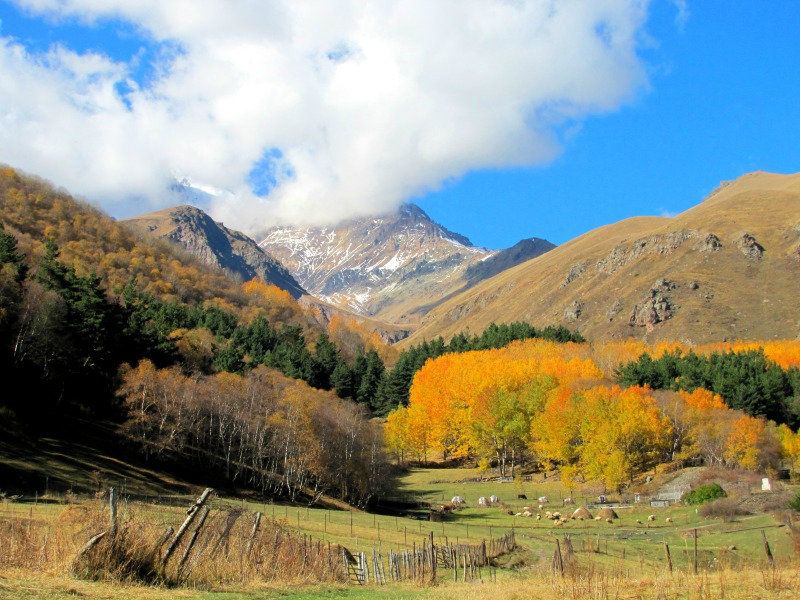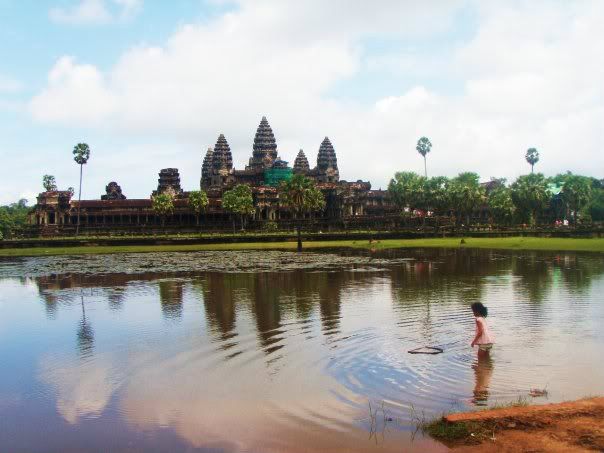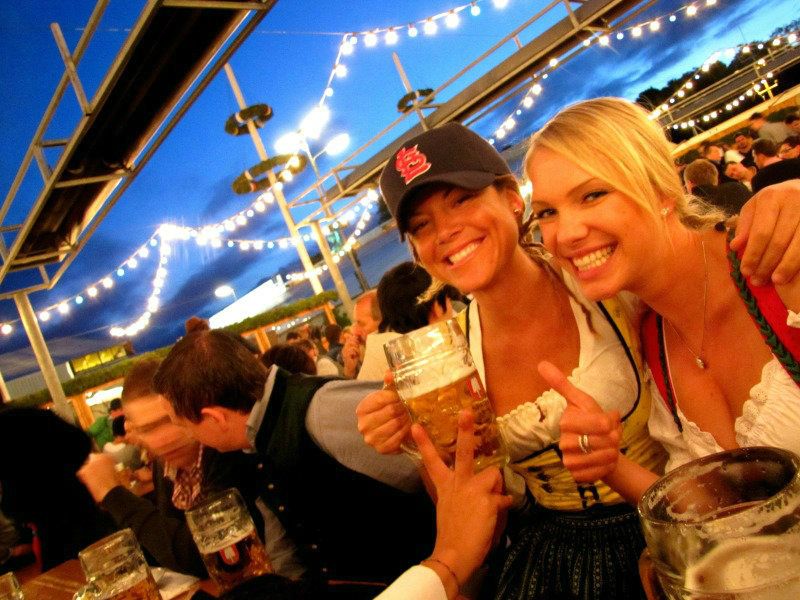Ecuador is a small but mighty country. The terrain is some of the most varied on earth: Amazon rainforest, vibrant volcanoes, massive mountains and exotic eco-systems. From the Andes to the Galapagos, from indigenous towns to modern cities, this tiny country really has something to offer everyone. Most of the people are humble, kind and extremely proud of their country. There is a sense of competitiveness between the different cities and the coast as to where “the best” place of Ecuador is – but depending on what you’re searching, for that answer can as varied as the inhabitants that argue the matter.
The capital, Quito, is a pretty dodgy place. Crime abounds here, mostly in the form of theft. I met many people who had their bags slashed and items stolen, or had things taken straight from their pocket. While it is a lovely place, it’s definitely not a city to wander around in the evening, and you should avoid having valuables on you at all times if possible. For as bad of a rap as Colombia gets, I’m sure that Quito tops their cities in terms of being “dangerous”.
The country side and indigenous people of Ecuador are absolutely amazing. Mountains and rivers are everywhere, and while it killed me not to go to the Galapagos, a trip I’ve wanted to do for ages, I feel lucky to have woken up every morning for 2 weeks and stared at Volcano Chimborazo (nearly 20,000 ft). The considerate and compassionate attitude that indigenous people seem to have for each other is inspirational in a world which seems so clearly headed toward reckless narcissism.
General tips:
• Unfortunately, in the year 2000, after many economic problems the currency in Ecuador became the US dollar. While it’s easier not to have to deal with exchange rates, it’s a loss of culture and a state of dependence. If you hand someone a $50 bill, you will almost always get a “no” and sometimes even a scolding for trying to use it (there is a counterfit problem with big bills). A $20 will most of the time get you a chuckle and a look as if to say “nice try”. There is a 50/50 chance that you will be able to use a $10 bill, and even with a bill as small as $5 I sometimes had trouble getting change. A wallet full of $2 and $1 coins is your best bet for day to day transactions in restaurants, transport and tiendas.
• As theft is a big problem in Ecuador, always keep your bags with you! If the buses do not have a ticket system for your big backpack, try to insist that it stay on the bus with you. If they won’t let you because of a full bus, sit next to the window as close to the storage space as possible so you can keep an eye on what goes in and out. Keep your purse and/or day pack on you at all times, no matter what. And keep them zipped and locked if possible. Don’t put your backpack on the floor of the bus, as people slash bags and steal from them while they are right under your feet.
• You can always find a cheap lunch in Ecuador, called an almuerzo. These normally cost between $1.50 and $2, and have a soup for a starter and then a main plate with the option of chicken or beef in different forms and a glass of juice. They are literally served with white rice and then maybe a small ‘salad’ on the side or some potatoes or beans…. and nothing else. No sauce, no spices, no herbs, nothing. Very boring, not very nutritious. I guess you get what you pay for! Many times I tried for an almuerzo with just vegetables, no meat – never once did anyone say yes.
• You will be hard pressed to find a bathroom with soap in Ecuador. Carry some if you’re keen on using it. TP isn’t bad to have on hand either.
The capital, Quito, is a pretty dodgy place. Crime abounds here, mostly in the form of theft. I met many people who had their bags slashed and items stolen, or had things taken straight from their pocket. While it is a lovely place, it’s definitely not a city to wander around in the evening, and you should avoid having valuables on you at all times if possible. For as bad of a rap as Colombia gets, I’m sure that Quito tops their cities in terms of being “dangerous”.
The country side and indigenous people of Ecuador are absolutely amazing. Mountains and rivers are everywhere, and while it killed me not to go to the Galapagos, a trip I’ve wanted to do for ages, I feel lucky to have woken up every morning for 2 weeks and stared at Volcano Chimborazo (nearly 20,000 ft). The considerate and compassionate attitude that indigenous people seem to have for each other is inspirational in a world which seems so clearly headed toward reckless narcissism.
General tips:
• Unfortunately, in the year 2000, after many economic problems the currency in Ecuador became the US dollar. While it’s easier not to have to deal with exchange rates, it’s a loss of culture and a state of dependence. If you hand someone a $50 bill, you will almost always get a “no” and sometimes even a scolding for trying to use it (there is a counterfit problem with big bills). A $20 will most of the time get you a chuckle and a look as if to say “nice try”. There is a 50/50 chance that you will be able to use a $10 bill, and even with a bill as small as $5 I sometimes had trouble getting change. A wallet full of $2 and $1 coins is your best bet for day to day transactions in restaurants, transport and tiendas.
• As theft is a big problem in Ecuador, always keep your bags with you! If the buses do not have a ticket system for your big backpack, try to insist that it stay on the bus with you. If they won’t let you because of a full bus, sit next to the window as close to the storage space as possible so you can keep an eye on what goes in and out. Keep your purse and/or day pack on you at all times, no matter what. And keep them zipped and locked if possible. Don’t put your backpack on the floor of the bus, as people slash bags and steal from them while they are right under your feet.
• You can always find a cheap lunch in Ecuador, called an almuerzo. These normally cost between $1.50 and $2, and have a soup for a starter and then a main plate with the option of chicken or beef in different forms and a glass of juice. They are literally served with white rice and then maybe a small ‘salad’ on the side or some potatoes or beans…. and nothing else. No sauce, no spices, no herbs, nothing. Very boring, not very nutritious. I guess you get what you pay for! Many times I tried for an almuerzo with just vegetables, no meat – never once did anyone say yes.
• You will be hard pressed to find a bathroom with soap in Ecuador. Carry some if you’re keen on using it. TP isn’t bad to have on hand either.






 5:45 AM
5:45 AM
 nicole.
nicole.


















